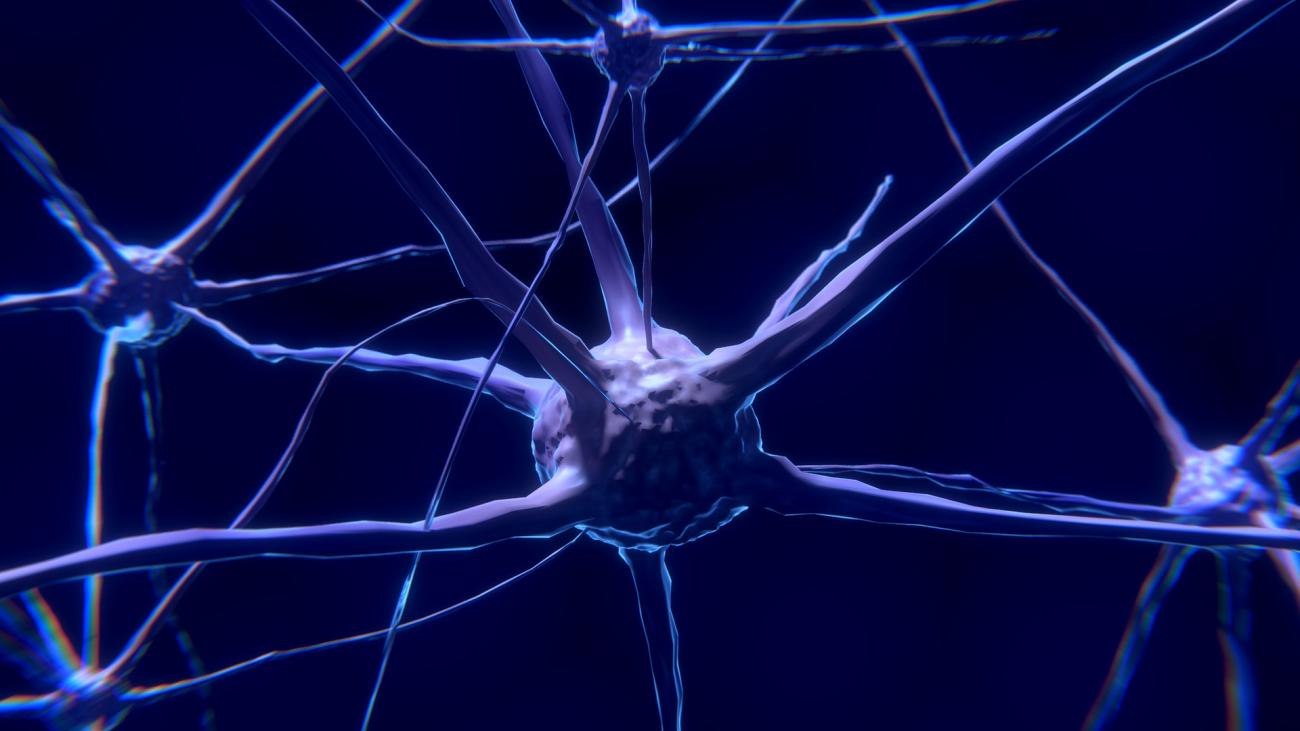Contributions of heterogeneous cortical neuron responses to auditory perceptual learning
The ability to flexibly respond to sensory cues in dynamic environments is essential to adaptive auditory-guided behaviors such as navigation and communication. How do neural circuits flexibly gate sensory information to select appropriate behavioral strategies based on sensory input and context? Auditory neural responses during behavior are heterogeneous, ranging from highly reliable ‘classical’ responses (i.e. robust, frequency-tuned cells) to irregular or seemingly random ‘non-classically responsive’ firing patterns (i.e., nominally non-responsive cells) that fail to demonstrate any significant trial-averaged responses to sensory inputs or other behavioral factors. While classically responsive cells have been extensively studied for decades, the contribution of non-classically responsive cells to behavior has remained underexplored despite their prevalence. Recent work has shown that non-classically responsive cells in auditory cortex (AC) and secondary motor cortex (M2) contain significant stimulus and choice information and encode flexible task rules. While it has been shown that both classically and non-classically responsive units are essential for asymptotic task performance, their role during learning is unknown. In this talk, I will discuss how heterogeneous cortical responses emerge and evolve during flexible behavior. We recorded single-unit responses from AC while mice performed a reversal learning task. Cortical response profiles during learning were highly heterogeneous spanning the continuum from classically to non-classically responsive. Strikingly, we found that the proportion of task-encoding non-classically responsive neurons significantly increased during late learning when the largest behavioral improvements occur demonstrating that non-classically responsive neurons are preferentially recruited during learning. To identify the role of top-down feedback on AC circuits during key learning phases we optogenetically silenced M2→AC projection neurons while recording AC spiking responses. Remarkably, silencing M2 inputs selectively modulated non-classically responsive cells and impaired behavioral performance during post-reversal learning. Our findings demonstrate that task-encoding non-classically responsive cells are preferentially recruited during learning by top-down inputs enabling neural and behavioral flexibility.
Dr. Michele Insanally is an Assistant Professor at the University of Pittsburgh.
NACS Seminars are free and open to the public.




